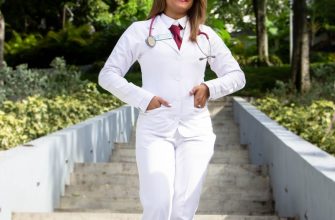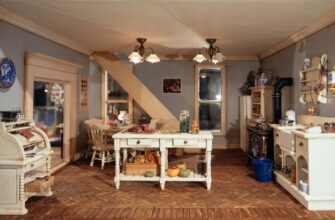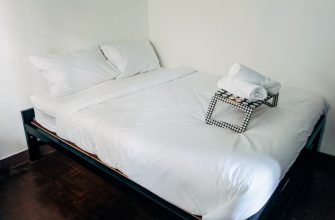WHAT style shoe should I wear? Is this my correct size? How can I tell if the shoes are really well made? These questions and many more must be answered each time a pair of shoes is selected and bought.
It is important to answer these questions wisely, for the purchase of a new pair of shoes can have a profound effect on a person’s overall health and happiness. Ill-fitting footwear can cause a great deal of pain and discomfort, even leading to headaches, backaches and leg cramps. To a large degree, painful foot ailments such as corns, nail troubles, toe deformities and flat feet can be avoided by a careful selection of footwear.
A person may walk over 75,000 miles in a lifetime. ‘Why not walk those miles in comfort?
Do Not Sacrifice Comfort for Style
How, then, should one go about buying shoes? Unfortunately, many choose shoes for style rather than for comfort. More often than not, this type of buying leads to considerable pain. Further, the owner will probably cast off the shoes, being no longer able to endure this form of self-torture in the interest of fashion.
In some cases serious problems and foot deformities can result if fashion is the primary factor in selecting one’s shoes. For example, some years ago the style was pointed toes, and in this regard a letter was printed in the Cleveland Plain Dealer under the heading “What Price Style? Girl Paid Too Much–Loss of Two Toes.” The letter said:
“Like most girls I wanted to be in fashion and bought the shoes that everyone was wearing. The pointed toes and high heels were uncomfortable, but I thought that this was the price of style. You can realize how shocked I was when I went to a doctor because of painful feet and was told that I would have to have two toes amputated. This was a year ago, and since then I have heard of many other girls who have lost one or two toes.”
So, in buying shoes, do not sacrifice comfort for style. Select appropriate shoes for ‘the purpose for which they will be used: walking, working, casual, special occasions, or constant wear.
Be Sure of the Right Fit
You can buy good shoes but still end up with painful feet if you are not careful to get a good fit. Helpful in this regard is checking the time of day before you buy a pair of shoes. Why? Because if it is very early in the morning, you may not get the right fit. Since feet tend to swell somewhat as the day wears on, it is wise to buy shoes in the late afternoon. Remember, too, that hot weather will cause one’s feet to expand.
Many persons find it desirable to have their feet measured when purchasing new shoes. For one thing, sizes may vary with different makes of shoes. Some have found, too, that it is wise to stand while their feet are being measured. The foot will expand, and one is more likely to get a better all-round fit. Further, since one foot is likely to be slightly larger than the other, have both feet measured and pick a size to fit the larger foot.
Heels should be snug but not tight. Also the height and shape of the heel need to be considered, especially in women’s shoes. Women generally have four times as much foot trouble as men, largely because of high-heeled shoes. The higher the heel, the more the body is projected forward, and to maintain balance the body is bent backward at the hips. This is unnatural and results in a variety of leg and back problems if unreasonably high heels are worn over an extended period of time. Generally speaking, heels should not be higher than one and a half inches and should produce a good broad base on which to stand. Almost naillike or so-called “spike” heels are not conducive to good foot care and posture.
The widest part of your foot should spread easily across the widest part of the shoe. There should be enough room for the toes to lie straight, and the shoe should be a little longer than the longest toe. If you cannot wiggle your toes to some extent, the shoe is too small. When shoes are too tight or too short, toes may be forced back into an inverted V position called hammertoe, a common deformity. A shoe ought to be comfortable when you buy it; it is unwise to rely on a “breaking in” process to ensure comfort.
After buying a pair of shoes, you can try them on again at home, but walk only on a rug. If you have doubts about the fit, you may be able to exchange your purchase.
Children’s Shoes
Special care should be given to the selection of children’s shoes. Ill-fitting shoes are the most common cause of foot trouble for children and teen-agers.








